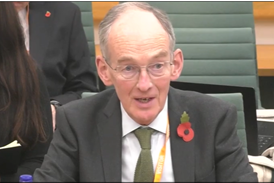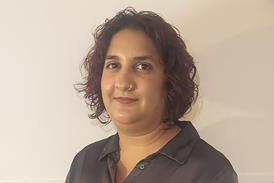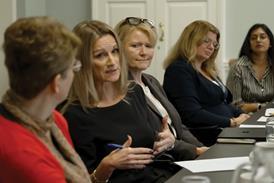Prepare yourself for a battle of similarly sounding initials. This is a story of how ELIA has been struggling with EUI, and how they have then decided to make common cause to be able to carve out the spoils of the battle between themselves, and so decide who else should have a share.
The object of this energetic activity is the forthcoming European Law Institute, which was announced as a worthy cause in the recent Stockholm Programme Action Plan outlining future EU activity in the field of justice, and further championed by justice commissioner Viviane Reding. She wanted an institute launched to ensure legal consistency in Europe, and to guarantee better legal cooperation. She saw it as a joint venture between all those with an interest in the law – judges, legal practitioners and law professors (that is the order she used, and it should be noted). In UK terms, the institute can be seen as close to a Law Commission. Favourable references are also often made to the American Law Institute as a possible precedent.
The question is what this institute is going to do and who is going to set it up. Ms Reding expressly said that form should follow function. In other words, the activities of the institute should be decided first, and then its membership and structure should follow. But that is not how human nature works. Groups have been jostling to set up this body, and inevitably they seem to want it to reflect their own interests.
ELIA stands for the Association for a European Law Institute, and of its board and secretaries of 12 people, 11 are from universities. EUI stands for the European University Institute based in Florence, which describes itself as (and is) 'a world-class postgraduate and postdoctoral research institute for economics, history, law, political and social Sciences'. These two groups, either exclusively or almost exclusively academic-led, each want to set up the new European Law Institute. However, they have now joined forces and drawn up a memorandum, The Hamburg Memorandum no less, which gives their views on how matters should proceed.
Inevitably, membership is decided before activities, rather than the other way around: membership at point 6; organisational structure, including how many from each founding body should be included, at point 8; funding at point 9; and then the memorandum states: 'The discussion then turns on possible tasks of the ELI.' I don’t think that this is what commissioner Reding meant when she said that form should follow function.
I am not just having a bit of fun here, because the serious question arises about the role and interests of the poor bloody infantry, in other words the ordinary practitioner. The Hamburg Memorandum gives the game away when it says: 'Membership should not be restricted to academics .’ In other words, they are seen as the primary group. It goes on to say 'but should include the various branches of the legal profession'. Well, that’s generous.
Not surprisingly, the CCBE takes a slightly different view. We have no policies on the detail of structure or activities at this stage, but believe the following: 'To foster the development of a European judicial area, the CCBE supports the creation of a European Law Institute that would be focused on the practice of EU law and on its development, would liaise with relevant stakeholders and would consist of judges, lawyers and academics.' Here, function is clear – the practise of EU law and its development – and membership obviously follows.
There are important issues at stake, since a future European Law Institute will have great influence over the development of EU law. Early decisions are already indicated in the Hamburg Memorandum: the institute should not apply for tenders for outside funding; membership should be restricted to individuals, and so organisations should not be allowed to join; there will be no teaching or legal education function. These may be right or wrong – personally, I think the institute would benefit from organisational, and not only individual, membership – but the main point is that they are being taken on a preliminary basis and might become actual.
Maybe I should have made it clear at the outset that, although ELIA has formally accepted the joint Hamburg Memorandum, the EUI is still considering its official position on it. It may yet take a different line. What is clear, though, is that now is the time for those who are interested in such issues to make their views known. I am waiting for further groups of initials to declare themselves.
Jonathan Goldsmith is the secretary general of the Council of Bars and Law Societies of Europe (CCBE), which represents over 700,000 European lawyers through its member bars and law societies
- For more Euro blogs go to http://www.lawgazette.co.uk/blogs/euro.



























No comments yet